
208 years ago today, The Barber of Seville, one of Italian opera’s greatest classics, debuted at the Teatro Argento in Rome. It tells the story of Count Almaviva who wishes to win the hand of a woman he loves, Rosina, but must avoid the suspicious eyes of her custodian, Bartolo. It includes the famous character of Figaro, a barber and jack of all trades, whose introductory aria, Largo al factotum, stands as perhaps the most recognizable melody of all operas. READ more about this landmark production… (1816)
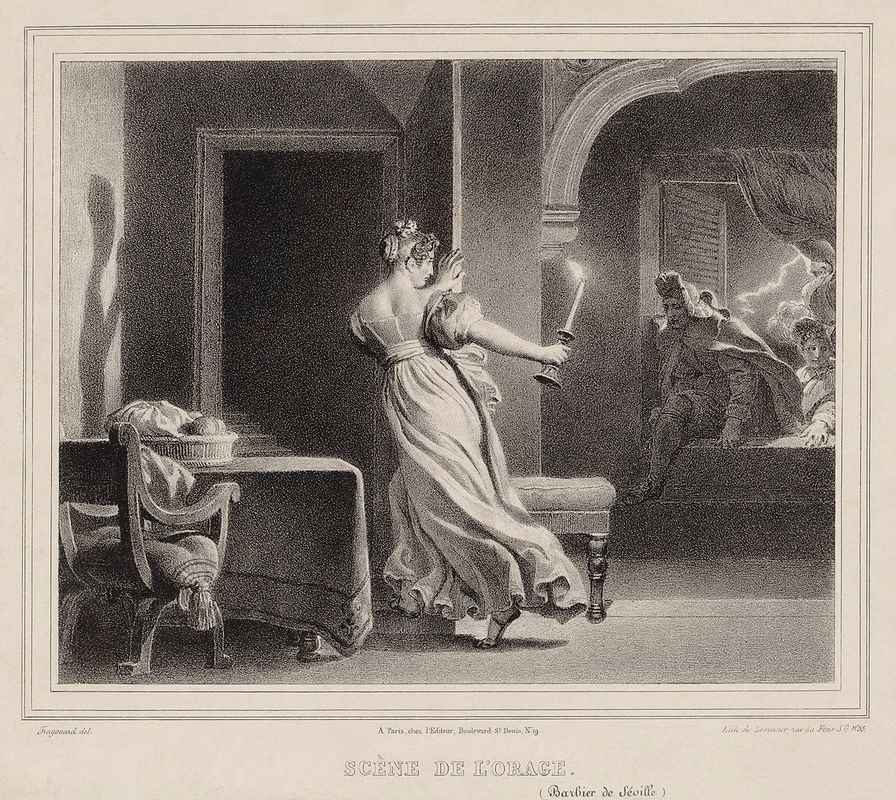
Created by Gioachino Rossini, the opera recounts the events of the first of the three plays written by the French playwright Pierre Beaumarchais that revolve around the clever and enterprising barber Figaro.
Mozart’s opera The Marriage of Figaro, composed 30 years earlier in 1786, is based on the second part of the Beaumarchais trilogy, so like the Star Wars films, opera-goers saw the aftermath of Almaviva’s marriage to Rosina and his partnership with Figargo before knowing how the marriage or the partnership came to pass.
The Barber of Seville is considered to be one of the greatest masterpieces of comedy within music, and has been described as the opera buffa (comedic opera) of all opere buffe. After two hundred years, it remains a popular work.
MORE Good News on this Date:
- 122 years ago today, the famous photographer of American nature, Ansel Adams, was born. (1902)
- Lt. Edward O’Hare became America’s first World War II flying ace (1942)
- One of the greatest Canadian hockey players, Phil Esposito, was born (1942)
- Jimi Hendrix made his stage debut at 16 years old when he played a show at the Temple De Hirsch Sinai synagogue in Seattle (1959)
- John Glenn aboard Friendship 7 became the first American to orbit the earth (1962)
- Protesters in Albania‘s capital, Tirana, toppled an enormous statue of the nation’s long-time dictator (1991)
- Independent candidate Ross Perot announced he would run for president of the USA (1992)
147 years ago today, Swan Lake premiered at Moscow’s Bolshoi Theater. Russian composer Pyotr Ilyich Tchaikovsky wrote the music for this most famous of ballets for the Moscow Imperial Theatre director for 800 roubles. No one knows for sure who wrote the libretto but when it debuted at the Bolshoi it was heavily criticized as overall being too Germanic. Despite this, it grew into one of the most performed ballets of all time.
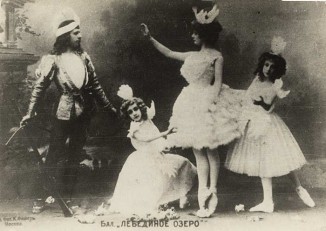
Critics called it “too noisy, too ‘Wagnerian’ and too symphonic.” They also thought Balletmaster Julius Reisinger’s choreography was “unimaginative and altogether unmemorable.” The German origins of the story too were “treated with suspicion while the tale itself was regarded as ‘stupid’ with unpronounceable surnames for its characters.”
A second balletmaster attempted to resurrect the ballet, but future versions weren’t overly appreciated either. In total, Swan Lake was performed 41 times over the course of 5 years and dropped altogether.
Following Tchaikovsky’s death in 1893, major changes were undertaken for a third potential revival. Modest Tchaikovsky, Pyotr’s younger brother, worked with Italian composer Riccardo Drigo to alter the score. Modest also changed the story, reimagining the lead female character of Odette from a magical fairy into a cursed mortal woman. The new dancing, choreographed by Lev Ivanov, Second Balletmaster to the Imperial Ballet, for Tchaikovsky’s memorial concert was unanimously hailed as wonderful.
Today, it is Drigo’s revision, and not Tchaikovsky’s original score of 1877, that most ballet companies use, while the 1895 libretto and traditional choreography have served as the version on which most stagings have been based. (1877)
152 years ago today, the New York City Metropolitan Museum of Art opened its doors for the first time. It was established by an act of the state legislature that read “for the purpose of establishing and maintaining in said City a Museum and Library of Art, of encouraging and developing the Study of the Fine Arts, and the application of Art to manufacture and natural life, of advancing the general knowledge of kindred subjects, and to that end of furnishing popular instruction and recreations.” It was designated originally to always offer free admission to all visitors. Now the largest art museum in the Western Hemisphere, it ranks as the ninth most-visited in the world.
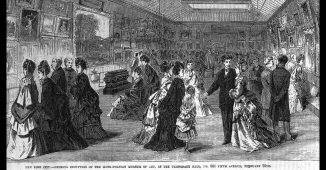
Among its original backers was Theodore Roosevelt Sr., the father of the 26th president. John Taylor Johnston, a railroad executive whose personal art collection seeded the museum, served as its first president, while one of the most famous of the American landscape artists, Frederic Edwin Church, served as co-director. Three times in 8 years, the official building had to be moved, as the wealth of industrialized America and the NYC elite filled the museum up constantly with more pieces than it could hold.


Containing famous works of American painters, such as Washington Crossing the Delaware, it also has an enormous antiquities wing, and contains some of the Dutch master’s finest works, including Vermeer’s Woman with a Lute Near a Window. (1872)
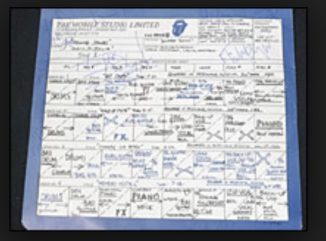
And, 16 years ago today, an old Rolling Stones album bought for £2 at a garage sale sold for £4,000 at auction because the Black and Blue LP was signed by John Lennon, Yoko Ono, Paul and Linda McCartney, George Harrison, as well as the members of the Rolling Stones. The seller even haggled down the cost from £3 before walking away with the seminal disk. Experts think the album was signed as part of a celebration to welcome Ronnie Wood, who replaced Mick Taylor in the Stones during 1976, according to the BBC. (2008)
Also, 26 years ago today, American Tara Lipinski became the youngest gold medalist in Winter Olympics history when she won the ladies’ figure skating title at Nagano, Japan at age 15. Lipinski began as a roller skater 10 years earlier, learning the moves from coaches in her Philadelphia hometown and winning the US Championship for her age group when she was 9. On ice five years later, she became the youngest ever to win a World Figure Skating title, at the age of 14 years 9 months, inspiring headlines of “Tara-Mania”. WATCH her gold medal performance… (1998)
97 years ago today, Oscar-winning actor and director Sidney Poitier, was born. He became the first black performer to win a Best Actor Academy Award (for Lilies of the Field in 1964). Three years later he was the top box-office star with three films about race relations—To Sir, with Love, In the Heat of the Night, and Guess Who’s Coming to Dinner.
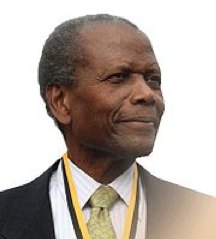
At the age of 16, after growing up in The Bahamas, he moved to New York City and held a string of jobs as a dishwasher, until a successful audition landed him a spot with the American Negro Theatre. Poitier, who also starred in A Raisin in the Sun, has written three autobiographical books, including The Measure of a Man: A Spiritual Autobiography.
Sir Sidney Poitier was also once a Bahamian diplomatic ambassador to Japan. WATCH a 2016 tribute film from the BAFTA Awards…
SHARE the Milestones, Memories, and Music…